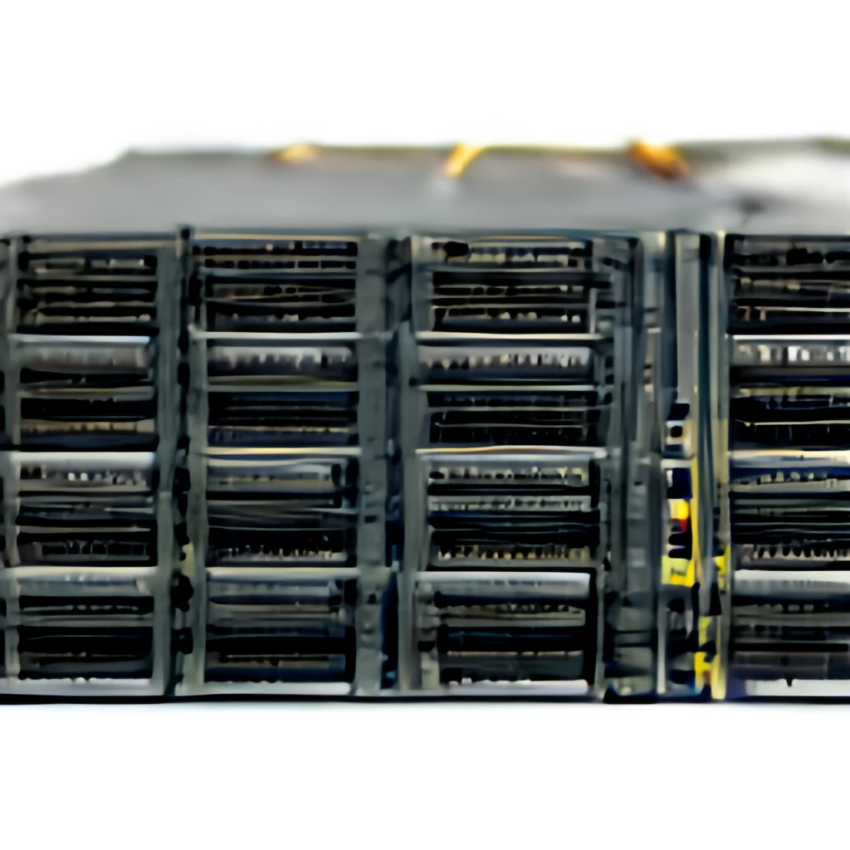Deep learning is a powerful tool for making predictions and discovering patterns in data. However, it can be computationally intensive, requiring significant processing power.
Graphics processing units (GPUs) are designed to handle computation-intensive tasks and can offer a significant performance boost for deep learning applications.
In this post, we’ll survey some of the most popular GPU-accelerated deep learning techniques and explore how they can help you get the most out of your deep learning models.
A brief history of GPU-accelerated deep learning
Deep learning has been around for the past sixty years, but it only started to gain notoriety in 2012 when mobile devices began being used to identify objects.
This marked the beginning of GPU-accelerated deep learning – a set of techniques powered by graphics processing units that use data-driven algorithms to perform advanced machine learning tasks.
Deep learning algorithms have since been deployed across multiple areas such as image recognition, natural language processing and autonomous driving systems. Major tech companies such as Apple and Google quickly jumped on board, using them to improve their own products and services.
Today, an ever-growing list of industries are utilizing GPU-accelerated deep learning with some phenomenal results. From medical diagnostics to improving customer service bots, the potential applications of this technology seem almost limitless.
The benefits of using GPUs for deep learning
Using GPUs for deep learning offers a number of advantages over utilizing traditional processors. Firstly, the Graphics Processing Units (GPUs) are incredibly efficient at performing the complex mathematical tasks integral to making sense of large data sets.
Additionally, processing power can be increased further by deploying multiple GPU cards in unison. They are also much more cost effective than CPUs since they consume less energy and require fewer chips to achieve the same performance. This reduces development costs while ensuring that maximum use is achieved from available computing resources.
Furthermore, most popular deep learning frameworks such as TensorFlow and PyTorch come with built-in support for GPUs which simplifies the programming process. All these factors combined make using GPUs for deep learning a fast and cost-effective way to unlock actionable insights from vast amounts of data.
Popular GPU-accelerated deep learning techniques
With the advent of powerful computer graphics processing units (GPUs) and increased computing power, deep learning techniques are quickly becoming a popular tool for handling complex data.
In particular, GPU-accelerated deep learning has enabled businesses to access large datasets in much faster time frames. It is well-suited for many applications such as image recognition, natural language processing, and more recently self-driving cars.
By allowing large networks of neurons to be trained simultaneously, GPUs have caused a surge in productivity for the deep learning industry. This makes GPU-accelerated deep learning one of the most sought after techniques used today by corporations seeking insight from their data.
How to get started with GPU-accelerated deep learning
GPU-accelerated deep learning is an efficient, cost-effective and powerful way to develop AI models. To get started, you will need to acquire a GPU and a compatible machine to run it on.
You will also need to install the appropriate software such as CUDA, TensorFlow or PyTorch onto your system for computation. From there, you can collect data sets needed for training and use open source libraries to create your model from that data.
Evaluate and tune your model until desired results are achieved then deploy it into any number of applications. Getting started with GPU accelerated deep learning does require some technical knowledge; however, the rewards are well worth the effort.
Resources for further reading on the topic
When looking to learn more about a particular topic, it is important to take the time to conduct research and find additional resources that can help expand knowledge. Whether seeking books, articles, or website information on the topic, there is likely something available to read that can help inform and educate.
Directly related sources should be carefully explored for accuracy and reliability. Beyond these, expanding the search for complementary materials can also open new perspectives on the issue at hand.
To truly obtain a better understanding of any given topic, it is recommended to make use of multiple resources to gain insight from different angles.

